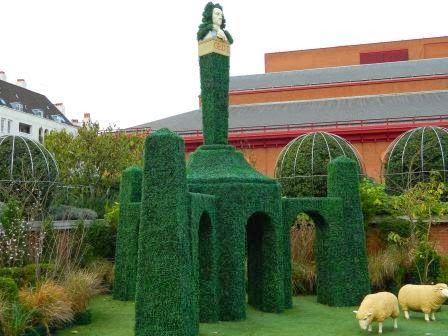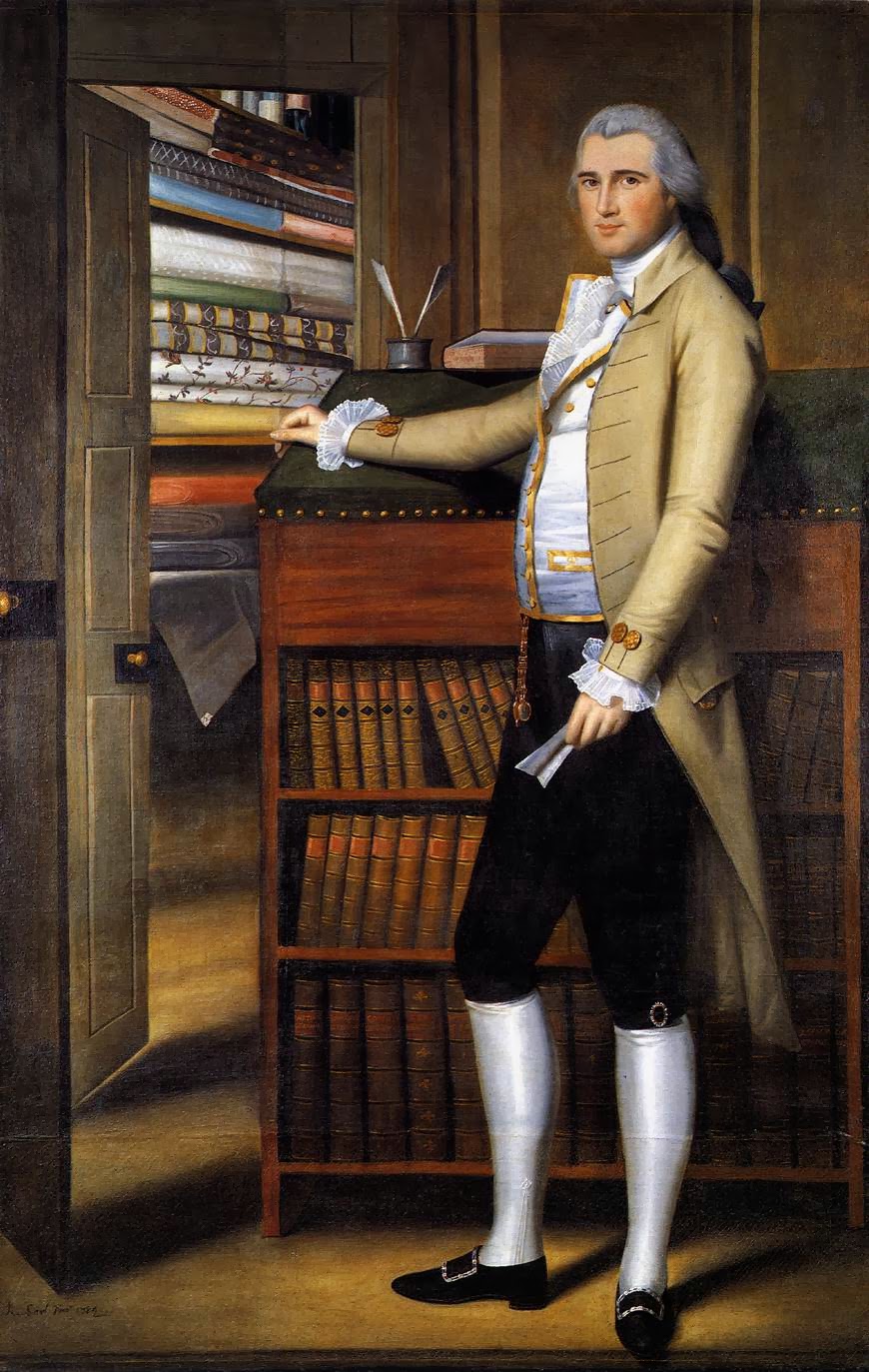The short days and long nights of December could be dark,
dreary and dull were it not for Christmas lights. In my neighbourhood people
who outwardly seem quite sane, go uncharacteristically mad and dress their
houses with flashing reindeer, illuminated Santas and ropes of lights. Whilst researching
my next book I discovered that attaching lights to houses is not a new phenomenon,
but has its roots in the 18th century.
The first recorded mention of a building decorated with
lights was on the occasion of George I’s birthday in 1716. The house in
question was that of the royal physician, Hugh Chamberlen and he used 200 lamps
to illuminate the façade in tribute to his sovereign.
 |
| A house I walk past on my way home. |
The idea seems to have caught on because during the first
half of the 18th century courtiers began to light up their
homes in honour of the king’s birthday. By the time George III came to the throne not just high-ranking people but the tradesmen linked to the crown adopted the habit and over time to light one’s house became a visible sign of the residents’
allegiance to King and country.
Grand buildings were lit with lanterns arranged
in complex designs attached to scaffolding whilst humbler abodes were content
to show their solidarity with a few candles in the front room window.
“Being the King’s
Birthday…In the evening there were the usual illuminations….the mob made all
the coachmen and footmen which pass’d pull off their hats and cry ‘God save the
King’…”
June 4th 1777
 |
1801 -John Bull celebrates the blessings of peace.
Note the candles in the window. |
It seems people enjoyed the spectacle of brightly lit
buildings so much that they extended the celebration to the queen’s birthday
and those of royal offspring, as well as other dates of national significance.
“…the affectionate
love of the subject was testified to their Sovereign in every window…from
palace of the peer to the garret of the weaver.”
In common with the party spirit many people drank too much
and there was a tendency for drunks to attack homes where the owner had failed
to display even a candle in the window.
“This token of
national joy [house illuminations] is
not regulated by law but the people…take the law into their own hands…and the
citizens must illuminate to please or be content to have their windows broken;
a violence which is winked at by the police…”
.jpg) |
Illuminations -such as these at Vauxhall Gardens -
were a popular attraction at a time when there was no electricity. |
One such time of celebration took place in the spring of
1789 to mark King George III’s recovery from severe mental illness. On several occasions between March and May it
was recorded in London that night turned to day and “every house was illuminated not only in the principal streets but in
lanes, courts and alleyways.”
Contemporary newspaper reports give a flavour of the public mood.
“London might truly be
said to have exhibited one continual blaze of exultation…The inhabitants seemed
to vie with each other who should give the most beautiful and picturesque
devices [illuminations] …and…testify
their loyalty in the most conspicuous manner.”
Now I’m not suggesting Georgian illuminations are the direct
ancestor of Christmas lights (actually that is a much duller story to do with the first
Christmas trees) but the two things have an interesting parallel in that human
nature never changes and in the 18th century, as now, people love to
stare at pretty coloured lights.
Have you decorated your house? Please leave a comment.
.jpg) |
| With thanks to Cheezburger.com |


























.jpg)


.jpg)
.jpg)

.jpg)




.jpg)





.jpg)
.jpg)
.jpg)




.jpg)

.jpg)
